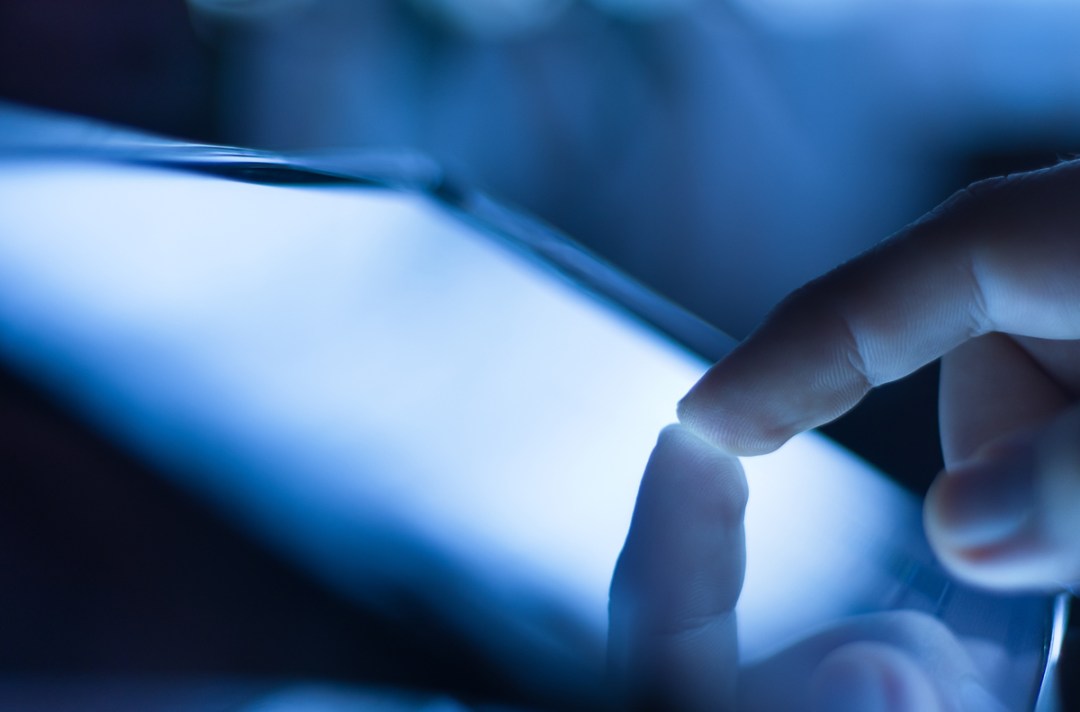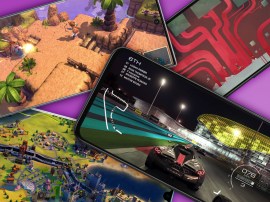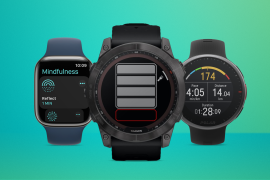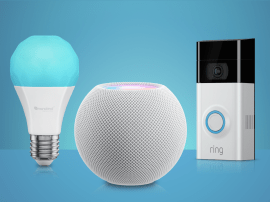The smart screen of the future touches back
It looks real, it sounds real. But could it feel real? Here’s why the next gen of touchscreens won’t feel like glass

I’m watching grizzly bears in their natural habitat and I can’t take my eyes off them.
Thick brown hair. Big claws. Rough little roars. I reach out to touch one and BAM! My finger hits the glass of my tablet’s touchscreen. Aside from the fact that I should put an end to this urge as soon as possible, it’s a bit disappointing.
With realistic displays, improved sound on mobile devices and virtual reality ready to go mainstream, it seems touch is the last frontier for the touchscreen.
The 1920s gave us the ‘Talkies’ – movies that let audiences hear actors saying their lines for the first time. Will the 2020s give us the ‘Feelies’?
Touchy nearly
The tech to do it, of course, already exists. Disney Research, a network of labs working with Carnegie Mellon University and the Swiss Federal Institute of Technology Zurich, is leading the charge.
Its TeslaTouch technology uses haptics – specifically varying electrovibrations – to modify the friction of the screen and let users feel different sensations on glass, depending on what is being displayed. The glass is covered by a transparent electrode and a thin insulation layer to create an oscillating electric field. One demo shows an image of a teapot. Run your hands over a TeslaTouch-enabled touchscreen and you will be able to feel the texture of the teapot.
As part of their work with textures, the researchers have also experimented with recreating the feeling of paint on a virtual canvas. Both much friendlier starting points than bears.
Growing bubbles
One clever bit of touch-tech looking to get beyond the demo stage is Tactus. I tried it out at CES 2012 and it really is bonkers the first time you see (and feel) it in action. Bubbles rise out of a seemingly normal, flat touchscreen to provide a tactile keyboard to use for typing or a raised dialpad for calls. That’s right, you actually press them. Then when you want to watch a movie or browse the web the ‘buttons’ disappear. OK, once you know exactly where to look, you can make out the outlines but still, it’s effectively back to a flat screen.
That was 2012 and we’re yet to see a smartphone or tablet that you can buy with Tactus tech built in. But that’s the company’s goal – to make its dynamic screens a reality for gadget fans. Which smartphone? It’s still early days for the haptics and sensory feedback industry but even Apple has applied for patents for flexible displays which provide on-demand buttons revealing themselves when needed. And its new Watch already has what it refers to as a ‘Taptic’ pressure-sensitive touchscreen.
The likes of Tactus aren’t just for techies with vision problems, either. Pressing real buttons or real gamepad controls is much more satisfying than prodding glass or jabbing into thin air with a Leap Motion controller.
Aerial feelings
But what if you’re past tapping and stroking entirely and ready to gesture your way into the future? The Bristol Interaction and Graphics Group has built an UltraHaptics set-up that allows tactile feedback from what’s happening onscreen. The difference? It all happens in mid air. UltraHaptics uses ultrasound vibrations to create multiple pressure differences in the air space where your hands are gesturing, simulating a real touch experience.
Yet another Disney Research project, Surround Haptics, has gone one step further by creating a grid of vibrating actuators to produce the sensation of moving strokes on the user’s skin. The sensation, say, of a finger stroking your arm.
Creepy, right? But exciting, still, especially where immersive virtual reality systems such as Oculus Rift are concerned. VR headsets can already make gamers believe they are seeing and hearing monsters and aliens. What if you could reach out and touch them?
Sophie Charara is a reviewer on Stuff.tv



